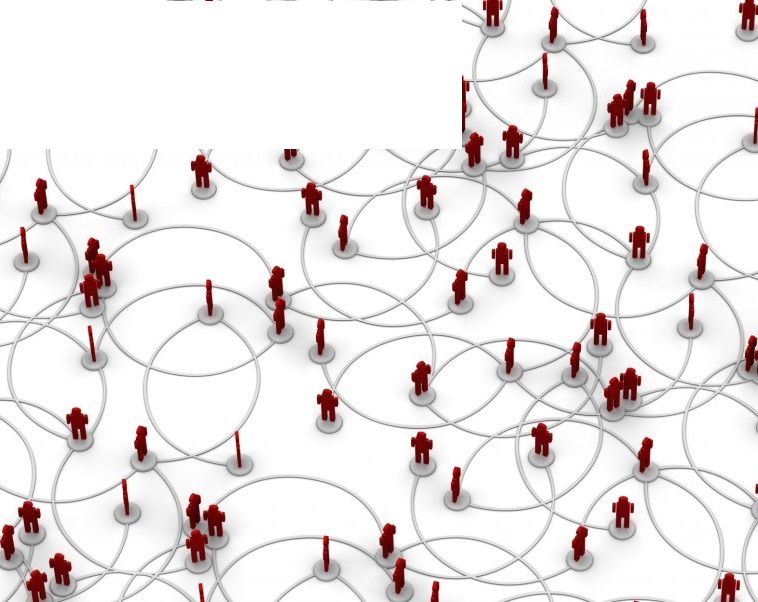 Avoid a one-size-fits-all approach to recruits – get to know what each person brings to the table by joining your organization.
Avoid a one-size-fits-all approach to recruits – get to know what each person brings to the table by joining your organization.
The spotlight is on the Great Resignation and the job hoppers and career-changers moving jobs throughout North America. But there’s a lot more on the staffing agenda for 2022. This goes beyond business looking at remote working and hybrid work models as a permanent fixture.
Here are forecasts on how workplaces will transform this year. We’ll likely see:
- Improved employment opportunities for people with disabilities to help address our skills shortage
- More meaningful strategy implementation on diversity, equity and inclusion that includes genuine options for remote and hybrid work
- Career changers embracing lifelong learning to help them into new careers
- Modern apprenticeship programs revamped for those keen to switch careers
- More STEM programs
People with Disabilities – Another Talent Pipeline
People with disabilities are the most underemployed segment of our population, a potential talent pipeline to deal with the skills shortage. In November 2021, the unemployment rate for people with disabilities was 7.7% compared with 3.7% for people without disabilities, according to the Bureau of Labour Statistics. These are people with networks who represent your clients and their customers. In fact, more than a quarter of US adults live with a disability.
Does your firm need cybersecurity experts? Many major financial institutions employ people with disabilities to do this work. Tech giants SAP and Microsoft hire people with autism for computer coding and product development roles. Accenture quantifies disability inclusion in workplaces as leading to higher profits and revenue than competitors.
PREMIUM CONTENT: VMS Global Landscape and Differentiators 2021
Getting Real with DEI Strategies
Bringing your company’s diversity, equity and inclusion strategy to life hinges on how you do recruitment, retention and reward. How accessible are your technology platforms and websites? Do Universal Design practices exist throughout your business? Think about how you’re customizing workplace accommodations for individual employees and developing a company-wide policy to boost retention. This is where remote and hybrid working will increasingly be part of the mix of your offerings to staff.
Do you have an inclusive employee on-boarding program, formal mentoring and job coaching, and flexible work arrangements? Can your staff with disabilities choose the traditional benefits package or public benefits (for example, Medicaid or Social Security)? If staff select the latter, help them adjust hours so they don’t lose necessary federal and state assistance. Don’t re-invent the wheel, as companies can seek out third party experts and research, such as IWSI America’s recently published report Ready, Willing and ABLE: Why It Pays to Hire People with Disabilities.
Career Changers in Leaps and Bounds
The World Economic Forum says 24 million US workers quit their jobs in the five months to September. And in mid October, CNBC reported 50% of workers wanted to change careers. It takes courage and humility to opt out of a career and start again in a new field. Avoid a one-size-fits-all approach to recruits – get to know each person’s strengths when they join your organization. Encourage them to share insights from their previous careers. Author David Epstein’s premise of generalists triumphing in a specialized world applies here. We all need a fresh perspective on how we work.
A Superb Fit: Apprenticeships
Registered apprenticeship programs are fit-for-purpose for career changers keen to acquire competencies and skills in a new vocation. There are almost 1,000 “apprenticeable” occupations from which to choose. Modern apprenticeship programs equip people with the general and workplace-specific skills they’ll need to prosper, and they will earn while they learn.
Boosting STEM Programs
The number of China’s STEM PhD graduates will double our own by 2025. It’s now a catch-up race that starts in early education. STEM roles earn a median of $77,400 by 2019 figures, but Black, Hispanic and female workers continue to be underrepresented in those roles, says the Pew Research Center. Get your inspiration for best practices for diversity and inclusion in STEM from the top – here’s the US president’s guide issued in September.
In short, 2022 will help reframe how we regard work. The Great Resignation has highlighted it’s no longer just about exchanging our time for money, but where we engage in lifelong learning in a microcosm of our diverse societies.